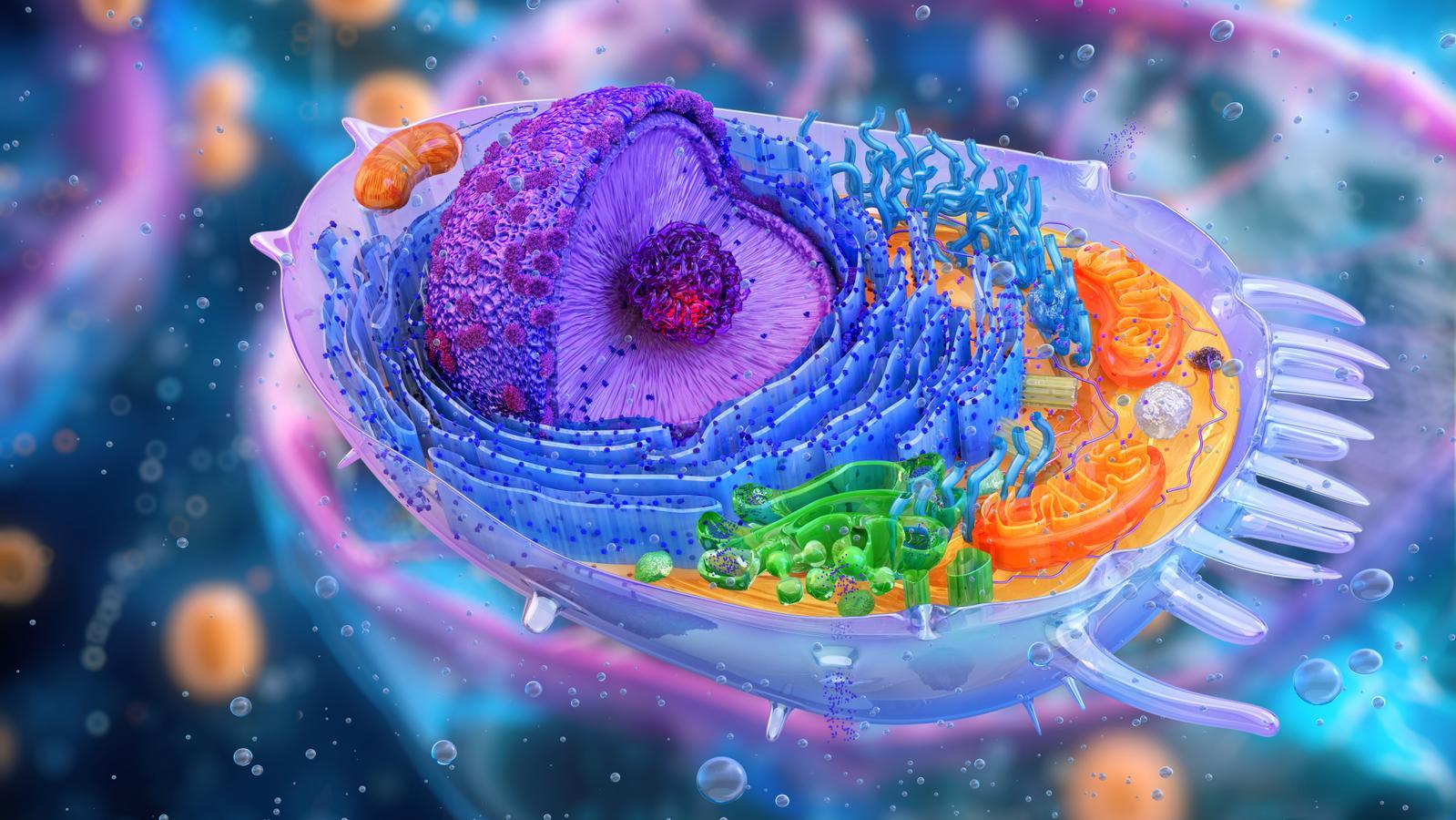On the fusion of two microbes at the origin of humanity
A new experiment shows that the theory explaining the emergence of complex cells is plausible.


Where do we come from? It's one of the most difficult questions humanity has ever asked. From the beginning, religion has proposed more or less fanciful solutions to this enigma. But since we invented the scientific method—the best tool we have for approaching reality—we have begun to better understand the true origin of life as we know it. We are far from a definitive answer, but we have now discovered several of the long and complicated processes that have led to the emergence of intelligent beings on this planet.
One of the key moments in this history, without which we would not have reached where we are, is the birth of the first "complex" cell. All organisms are made of cells, but there are important differences between the simplest ones, such as bacteria, and those found, for example, in plants and animals. The former, called prokaryotes, lack many of the components found in the latter, which are called eukaryotes. Prokaryotic cells emerged earlier, around 4 billion years ago, but something happened over the next few millennia that led to the emergence of a more evolved version, the one we humans are made of.
The Tree of Life
In 1967, the American biologist Lynn Margulis refined, elaborated, and demonstrated the basic principles of an idea that the Russian botanist Konstantin Merekhovsky had first proposed in 1905 and later fell into oblivion: the formation of eukaryotic cells was made possible by eukaryota. This, known as symbiogenesis, is currently the most widely accepted theory to explain the tree of life on Earth, although it is difficult to know exactly how and when it occurred. An experiment, published in the journal Nature by the group led by Dr. Julia A. Vorholt, a microbiologist at ETH Zurich, brings us a little closer to this key event that occurred more than two billion years ago.
To better understand how this symbiogenesis was possible, the scientists took a fungus, made from a single cell, and, with the help of a very fine needle and a pump, implanted a bacterium. This is easier said than done: most previous attempts have failed for various reasons. For example, the bacteria transplanted into the fungus may divide too rapidly and kill the host. Or the fungal cell wall may be too rigid to be pierced without springing.
The reason for the success this time could be that the two chosen participants—the fungus Rhizopus microsporus and the bacteria Mycetohabitans rhizoxinica– They already have a good relationship, because the latter produces a substance that allows the former to protect itself from predators. Furthermore, the novelty of using a pump to keep the pressure inside the fungus constant at all times could have helped prevent it from becoming excessively damaged.
What's interesting is that, when the fungus began to divide, some of the resulting spores contained copies of the transplanted bacteria. This is the missing proof that the result of the fusion can be transmitted to subsequent generations, a key concept for validating the theory of symbiogenesis. But despite these positive results, the percentage of symbionts initially generated by the experiment was low, and worse still, the bacteria ended up disappearing from within the fungi after a couple more generations.
By refining the methodology, the scientists managed to get the fungi to mutate and were able to keep the bacteria alive through at least ten rounds of reproduction. Somehow, still not entirely clear, both organisms had found a balance that allowed them to coexist, surely the same one that must have occurred naturally millions of years ago. The study's authors believe that these mutations could be triggered by the fungus's immune system, allowing the transient bacteria to survive better.
Towards artificial life?
This experiment demonstrates that the theory that, at some point in evolution, symbiogenesis occurred, allowing cells to develop mitochondria and chloroplasts (two essential structures for generating energy), among other things, is plausible. But it also opens the door to creating artificial organisms by fusing two existing ones, with the idea of getting a microbe to acquire properties that interest us, such as sequestering the carbon dioxide that contributes to global warming. This would represent another tool for synthetic biology, a rapidly advancing field of research.
But we still have a lot of work to do to answer the question that opened the article. This planet has taken more than 4 billion years to generate a species like ours, and for decades, this has been seen as exceptional, the result of a series of lucky breaks. The fact that symbiogenesis worked so well could be one of them.
